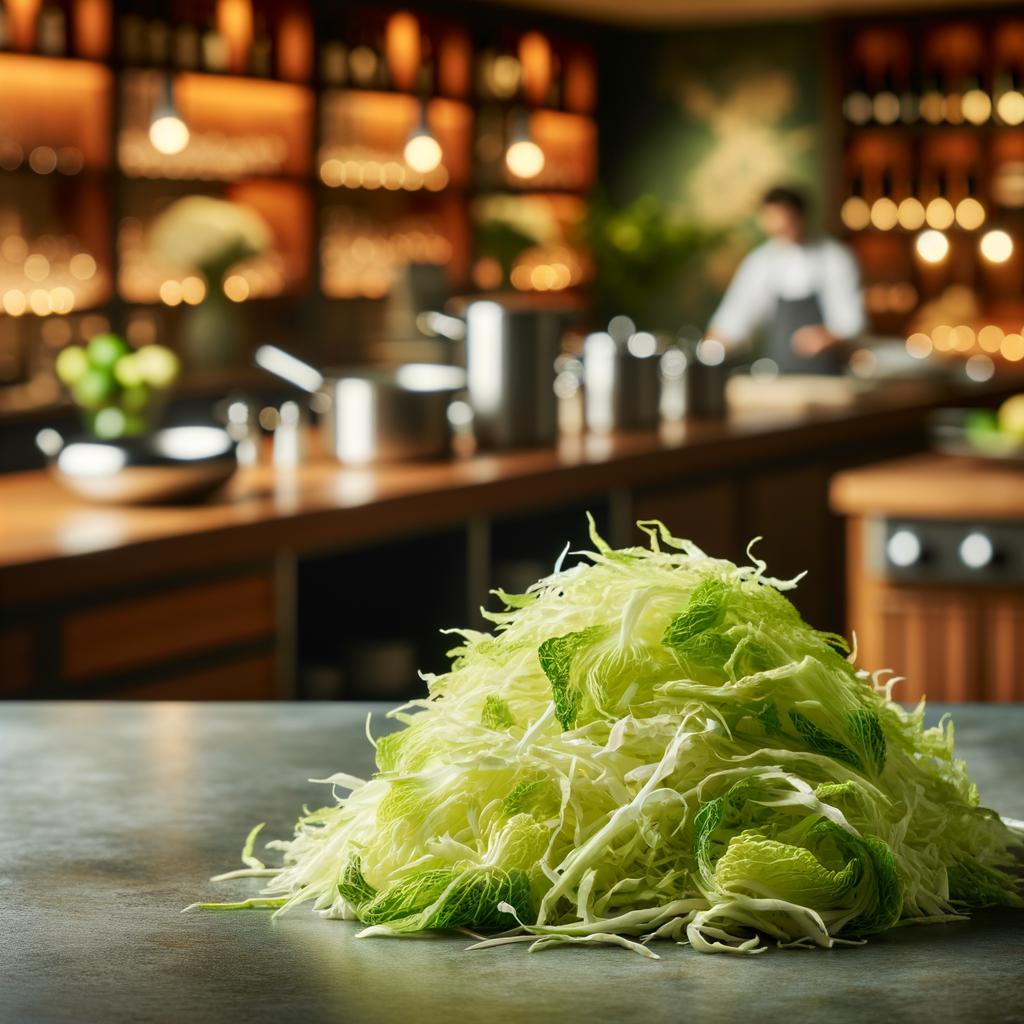Shredded Cabbage

Description
The humble cabbage, often overlooked but never outdone, is a culinary gem that comes in an array of varieties. Shredded cabbage, in particular, is a versatile ingredient that can add a delightful crunch to any dish. Its appearance is a vibrant mixture of green and white, with the leaves forming thin, delicate strands when shredded. The texture of shredded cabbage is crisp and refreshing, offering a satisfying crunch with each bite. The flavor is mildly peppery, with a subtle sweetness that emerges when cooked. What sets shredded cabbage apart from its leafy counterparts is its ability to hold its texture well, even when cooked for longer periods. Moreover, the act of shredding releases some of the cabbage's natural sweetness, adding a unique flavor dimension to this versatile ingredient.
Primary Uses
Shredded cabbage is a culinary chameleon, finding its place in a plethora of cuisines. It's the star of the show in coleslaw, a classic American side dish, and a key player in the hearty German dish, Sauerkraut. In Asian cuisine, it's often stir-fried or used as a filling for dumplings and spring rolls. Beyond its culinary uses, cabbage has been used for its medicinal properties for centuries. Traditional medicine systems like Ayurveda and Traditional Chinese Medicine have used cabbage leaves as a healing compress for wounds and inflammation.
History
Cabbage has a rich history that dates back to the Celts of central and western Europe around 600 B.C. It was highly valued by the Greeks and Romans for its medicinal properties, with the Roman philosopher, Cato the Elder, recommending it as a cure for all ailments. Over the centuries, cabbage has journeyed across the world, adapting to different cuisines and cultures. In the folklore of many cultures, cabbage is associated with luck and prosperity, often being a part of traditional meals during New Year's celebrations.
Nutritional Information
Shredded cabbage is a nutritional powerhouse. It's an excellent source of Vitamin C and K, and also provides a good amount of fiber, vitamin B6, and folate. Its high water content makes it a hydrating and low-calorie ingredient, perfect for those watching their weight. The cabbage family is known for its rich antioxidant profile, which can help combat oxidative stress in the body. When compared to similar leafy greens, cabbage holds its own, offering a unique combination of vitamins, minerals, and phytonutrients. Its consumption is associated with various health benefits, including improved digestion and a reduced risk of chronic diseases. However, those with thyroid issues may need to consume it in moderation, as excessive intake can interfere with thyroid function.
As we savor the crunch of shredded cabbage in our meals, we are not just eating a vegetable. We are partaking in a tradition that spans centuries and civilizations, appreciating an ingredient that has nourished our ancestors and continues to do so today.

